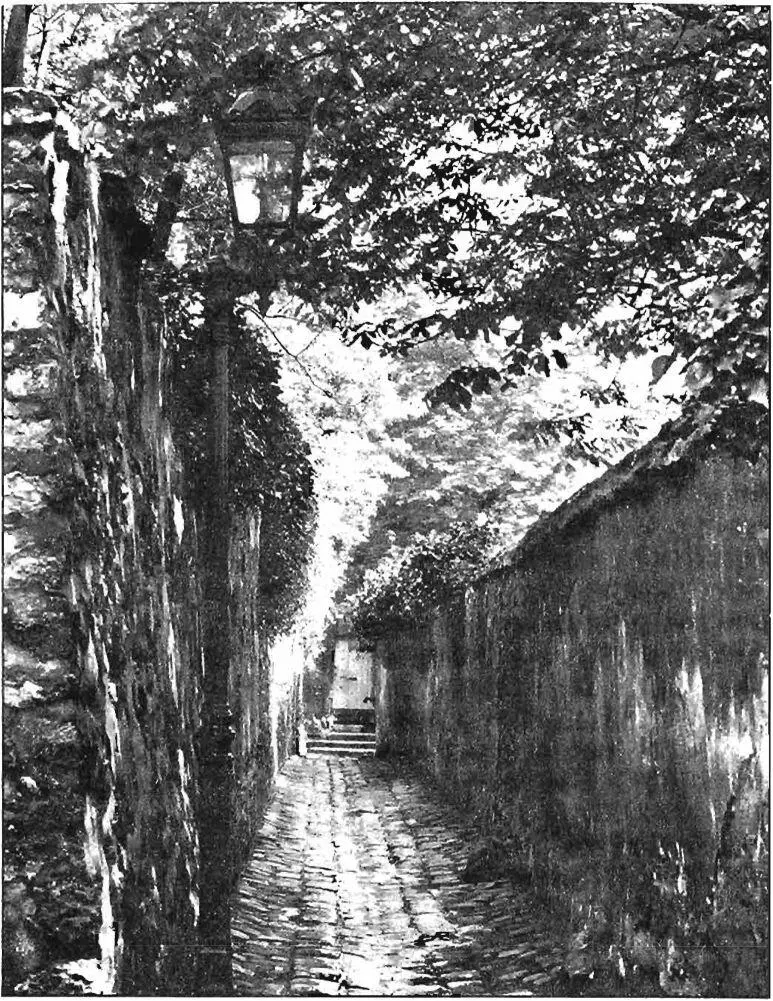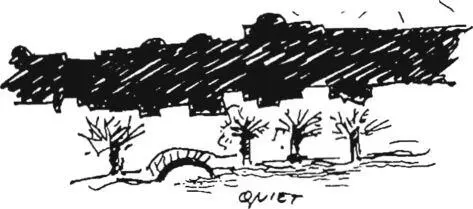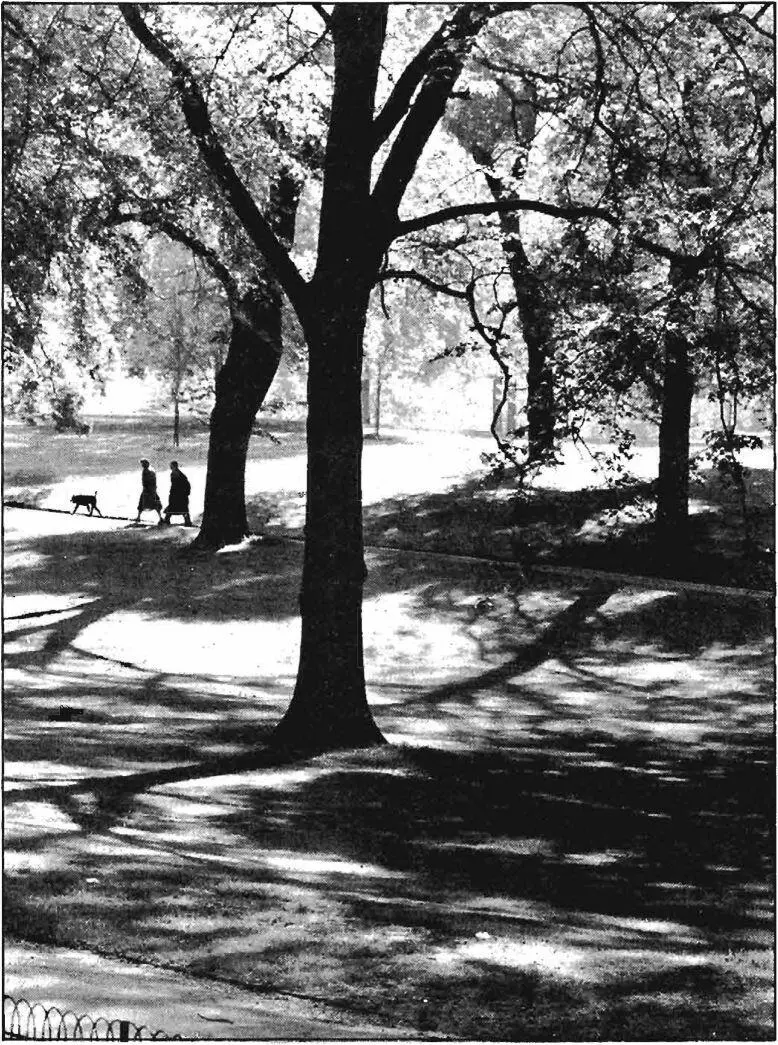Christopher alexander - A pattern language
Здесь есть возможность читать онлайн «Christopher alexander - A pattern language» весь текст электронной книги совершенно бесплатно (целиком полную версию без сокращений). В некоторых случаях можно слушать аудио, скачать через торрент в формате fb2 и присутствует краткое содержание. Жанр: Прочая научная литература, на английском языке. Описание произведения, (предисловие) а так же отзывы посетителей доступны на портале библиотеки ЛибКат.
- Название:A pattern language
- Автор:
- Жанр:
- Год:неизвестен
- ISBN:нет данных
- Рейтинг книги:3 / 5. Голосов: 1
-
Избранное:Добавить в избранное
- Отзывы:
-
Ваша оценка:
- 60
- 1
- 2
- 3
- 4
- 5
A pattern language: краткое содержание, описание и аннотация
Предлагаем к чтению аннотацию, описание, краткое содержание или предисловие (зависит от того, что написал сам автор книги «A pattern language»). Если вы не нашли необходимую информацию о книге — напишите в комментариях, мы постараемся отыскать её.
A pattern language — читать онлайн бесплатно полную книгу (весь текст) целиком
Ниже представлен текст книги, разбитый по страницам. Система сохранения места последней прочитанной страницы, позволяет с удобством читать онлайн бесплатно книгу «A pattern language», без необходимости каждый раз заново искать на чём Вы остановились. Поставьте закладку, и сможете в любой момент перейти на страницу, на которой закончили чтение.
Интервал:
Закладка:
| 59 quiet backs* |
|---|
 |
301
. . . the work places are given their general position by scattered work(9) and their detailed organization and distribution by work communities(41). It is essential though, that they be supported by some kind of quiet, which is complementary to the work. This pattern, and the next few patterns, gives the structure of that quiet.
♦ « *
Any one who has to work in noise, in offices with people all around, needs to be able to pause and refresh himself with quiet in a more natural situation.
The walk along the Seine, through the middle of Paris, is a classic “quiet back” in the middle of a fast city. People drop down from the streets and the traffic and the commerce to stroll along the river, where the mood is slow and reflective.
The need for such places has often been recognized in universities, where there are quiet walks where people go to think, or pause, or have a private talk. A beautiful case is the University of Cambridge: each college has its “backs”—quiet courts stretching down to the River Cam. But the need for quiet backs goes far beyond the university. It exists everywhere where people work in densely populated, noisy areas.
To meet this need, we may conceive all buildings as having a front and a back. If the front is given over to the street life— cars, shopping paths, delivery—then the back can be reserved for quiet.
If the back is to be quiet, a place where you can hear only natural sounds—winds, birds, water—it is critical that it be protected. At the same time, it must be some way from the buildings which it serves. This suggests a walk, some distance behind the buildings, perhaps separated from them by their private small gardens, completely protected by substantial walls and dense planting along its length.
An example we know is the walk through the cathedral close in Chichester. There is a high brick wall on each side of this walk and flowers planted all along it. It leads away from the cathedral,
parallel but set back from the town’s major road. On this path, less than a block from the major crossroads of the town, you can hear the bees buzzing.
If a number of these walks are connected, one to another, then slowly, there emerges a ribbon-like system of tiny backs, pleasant alleyways behind the commotion of the street. Since the sound of water plays such a powerful role in establishing the kind of quiet that is required, these paths should always connect up with the local pools and streams(64). And the longer it can be, the better.
Therefore:
shield of buildings
| V 1 / / v\ ' 1/ // s 1'- ** J V X / . |
|---|
 |
natural quiet
Give the buildings in the busy parts of town a quiet “back” behind them and away frorti the noise. Build a walk along this quiet back, far enough from the building so that it gets full sunlight, but protected from noise by walls and distance and buildings. Make certain that the path is not a natural shortcut for busy foot traffic, and connect it up with other walks, to form a long ribbon of quiet alley-ways which converge on the local pools and streams and the local greens.
If possible, place the backs where there is water— pools and streams(64), still water (7 1), and where there are still great trees unharmed by traffic— tree places(171) ; connect them to accessible greens(60) ; and protect them from noise with walls or buildings— garden wall(173). . . .
303
| 6 o ACCESSIBLE GREEN** |
|---|
 |
304
. . . at the heart of neighborhoods, and near all work communities, there need to be small greens— identifiable neighborhood(14), work community(41). Of course it makes the most sense to locate these greens in such a way that they help form the boundaries and neighborhoods and backs— subculture
BOUNDARY ( I 3) , NEIGHBORHOOD BOUNDARY (15), QUIET BACKS
(59)-
4 *!•
People need green open places to go to; when they are close they use them. But if the greens are more than three minutes away, the distance overwhelms the need.
Parks are meant to satisfy this need. But parks, as they are usually understood, are rather large and widely spread through the city. Very few people live within three minutes of a park.
Our research suggests that even though the need for parks is very important, and even though it is vital for people to be able to nourish themselves by going to walk, and run, and play on open greens, this need is very delicate. The only people who make full, daily use of parks are those who live less than three minutes from them. The other people in a city who live more than 3 minutes away, don’t need parks any less; but distance discourages use and so they are unable to nourish themselves, as they need to do.
This problem can only be solved if hundreds of small parks— or greens—are scattered so widely, and so profusely, that every house and every workplace in the city is within three minutes walk of the nearest one.
In more detail: The need for parks within a city is well recognized. A typical example of this awareness is given by the results of a 1971 citizen survey on open space conducted by the Berkeley City Planning Department. The survey showed that the great majority of people living in apartments want two kinds of outdoor spaces above all others: (a) a pleasant, usable private balcony and (b) a quiet public park within walking distance.
But the critical effect of distance on the usefulness of such
CHOOSING A LANGUAGE FOR YOUR PROJECT
All 253 patterns together form a language. They create a coherent picture of an entire region, with the power to generate such regions in a million forms, with infinite variety in all the details.
It is also true that any small sequence of patterns from this language is itself a language for a smaller part of the environmentj and this small list of patterns is then capable of generating a million parks, paths, houses, workshops, or gardens.
For example, consider the following ten patterns:
PRIVATE TERRACE ON THE STREET (140)
SUNNY PLACE (l6l)
OUTDOOR ROOM ( I 63 )
SIX-FOOT BALCONY ( 167)
PATHS AND GOALS (l20)
CEILING HEIGHT VARIETY (190)
COLUMNS AT THE CORNERS (212)
FRONT DOOR BENCH (242)
RAISED FLOWERS (245)
DIFFERENT CHAIRS (251)
This short list of patterns is itself a language: it is one of a thousand possible languages for a porch, at the front of a house. One of us chose this small language, to build
XXXV
TOWNS
parks is less well known and understood. In order to study this problem, we visited a small park in Berkeley, and asked 22 people who were in the park how often they came there, and how far they had walked to the park. Specifically, we asked each person three questions:
Читать дальшеИнтервал:
Закладка:
Похожие книги на «A pattern language»
Представляем Вашему вниманию похожие книги на «A pattern language» списком для выбора. Мы отобрали схожую по названию и смыслу литературу в надежде предоставить читателям больше вариантов отыскать новые, интересные, ещё непрочитанные произведения.
Обсуждение, отзывы о книге «A pattern language» и просто собственные мнения читателей. Оставьте ваши комментарии, напишите, что Вы думаете о произведении, его смысле или главных героях. Укажите что конкретно понравилось, а что нет, и почему Вы так считаете.












